On June 13, a Dodge WC-57 Command Car will go for sale in an auction in Auburn, Indiana. The significance of this particular car is that it was General George S. Patton’s personal car during World War II.
Command Cars were manufactured for the military between 1942 and 1945. Post-war, they would become the Dodge Power Wagon.

The 4×4 Command Car that Patton used was part of the motorpool for the 3rd Army headquarters. It was built in 1944 and was modified according to the general’s personal preference.
The car has a mount for a .30 caliber machine gun, armor plating, sirens and horns, auxiliary tanks and pennants for the 3rd Army Headquarters.
A rail behind the front seats allowed Patton to steady himself when he addressed his troops on the front lines while standing in the car.

The 92-horsepower Dodge 6-cylinder engine was recently refurbished and is drivable.
The auction is being held by Worldwide Auctioneers. John Kruse, principal of Worldwide Auctioneers, said that the sale is a “spectacular opportunity” to own part of history.
Guy Franz Arend purchased the car in 1950. Arend was a Belgian collector who was prominent in the creation of the Bastogne Museum.
The car was sold to the J. Kruse Education Center which is a non-profit organization that focuses on career paths for K-12 students as well as connecting those students with veterans.
There is no reserve on Patton’s vehicle. It will be sold to the highest bidder and all of the proceeds will be given to the education center.
The WC-57 Command Car differed from the WC-56 in that it was outfitted with a winch and the chassis was adjusted to account for the addition. The later WC-58 was outfitted with a rack in the back to carry radio equipment.

The WC-57 was eventually phased out as the silhouette of the vehicle made it an easy target for enemies looking to remove the commanding officer from the battle.
The car was put on sale in 2017 with a $60,000 reserve. It failed to meet that reserve at the time because the auction house did not have paperwork directly linking the car to Gen. Patton.
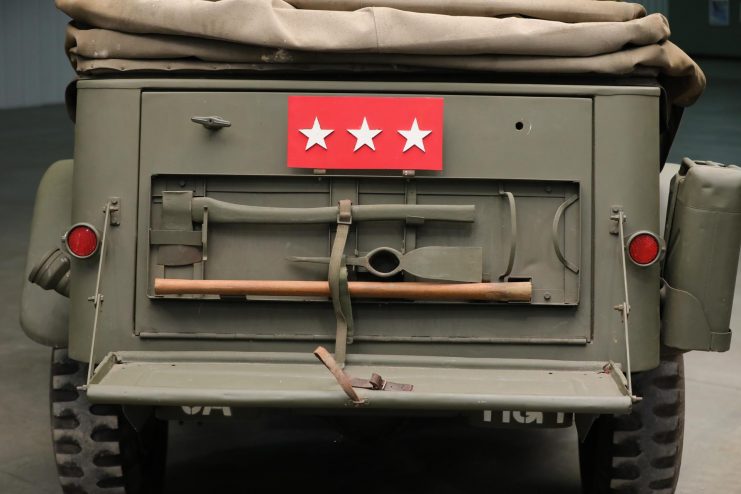
The claim of it being Patton’s rests primarily on the fact that the modifications mostly match the personalized modifications the general made to his personal transport.
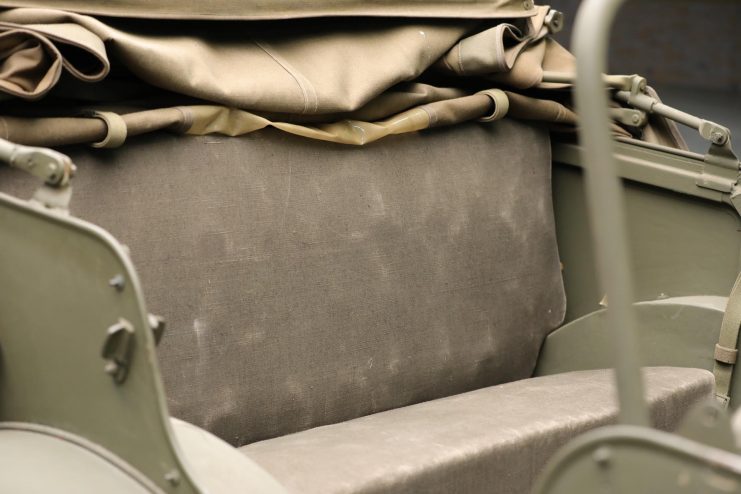
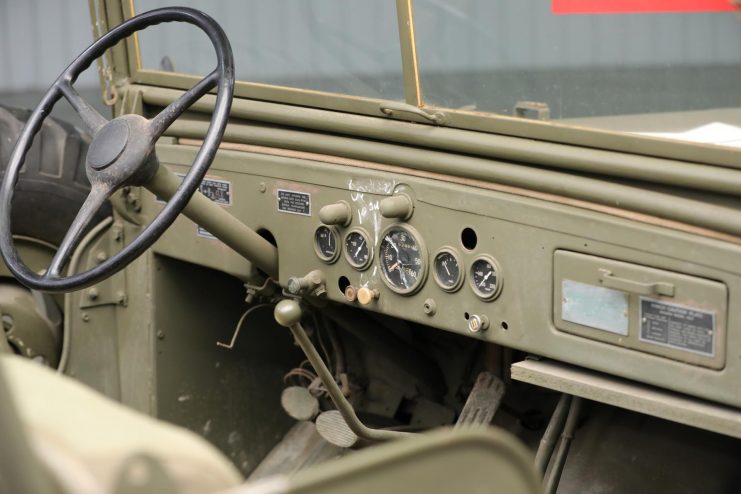
There are a few minor differences – the toolkit is different from the one Patton would have carried and a Browning M1919 A44 .30 caliber machine gun is mounted to the passenger running board instead of the .50 caliber Patton’s car had during the war– but these could be changes from the renovations and restorations performed after the war.
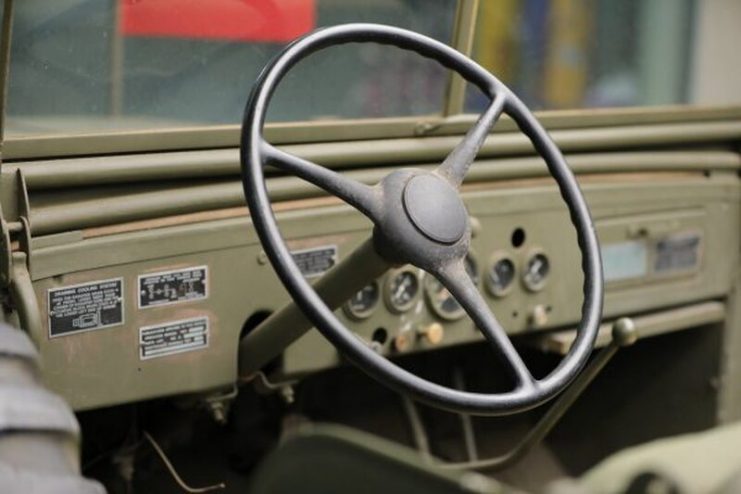
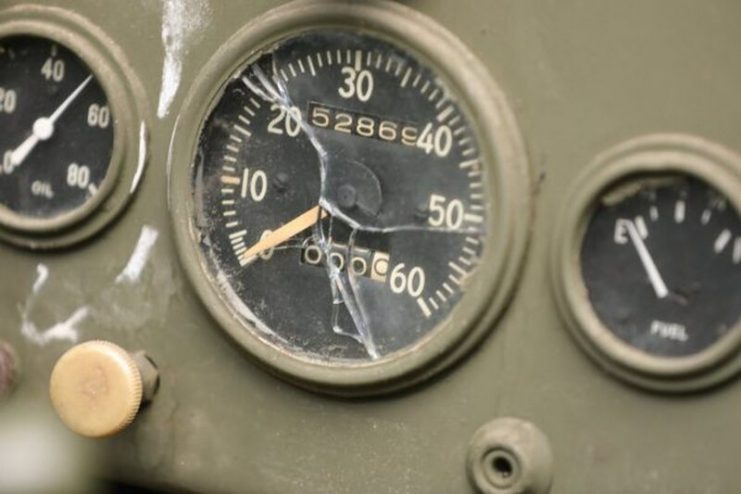
Dodge’s involvement with WWII production began when they modified their TC line of pickups to meet military needs and rebranded them as the VC-1.
The VC-1 line evolved into the WC line of military vehicle with the WC-57 Command and Reconnaissance Weapons Carrier being built on a three-quarter ton chassis weighing nearly 5,400 pounds.
The 92-horsepower was generated by a T214 side-valve, 230-cubic-inch inline-six Dodge engine.
Did you Know it Was a British Major Who Saved the Iconic Volkswagen Beetle in 1945
Legend has it that veterans returning from WWII pestered Dodge for a civilian version of the WC-57 because it had been so dependable on the front lines. Dodge relented and developed the Power Wagon based on the WC template.
